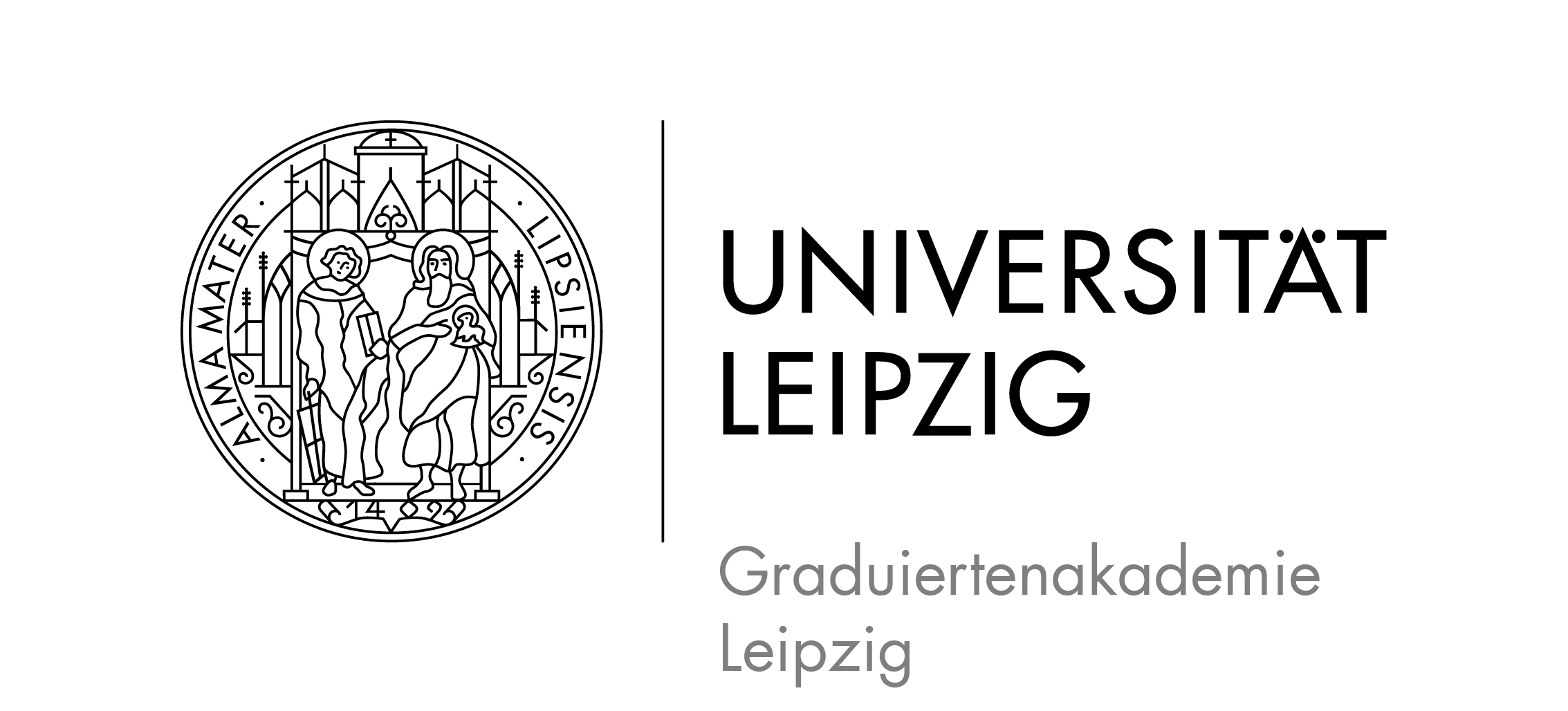Complex Nanostructures
Research focuses on the realization of nanoscale materials using assembly processes of atoms, molecules, and larger building blocks. Assembly, self-assembly and directed self-assembly enable the building of complex nanostructures that cannot be fabricated with other methods. Complex nanostructures include nanowires, quantum dots, textured thin films, surface structures, polymer networks, and biomimetic assembly lines for a factory-on-a-chip.
Inorganic nanostructures
Current research in inorganic nanostructures focuses on three-dimensional structures such as wool-, grass- and whisker-like shapes and sculptured thin films. Self-assembly is used to fabricate such structures with physical and chemical methods. ZnO, GaAs, and InP and their related compounds, such as (Mg,Cd,Zn)O, (Al,Ga,In)(As,P,N), are the materials from which nanowires doped with various elements for n- and p-type conductivity are fabricated. The sculptured thin films are synthesized in SiO2, TiO2, and Si. The oxides are transparent in the visible and offer particularly interesting prospects, such as intensity and phase (polarization) management of visible light, as well as biocompatibility. The particular geometries permit new degrees of freedom in design, choice of substrates, substrate compliance, strain relaxation, chemical composition, crystal structure, and shape (including curvature and chirality and topology). We plan to extend nanostructured self-assembled growth to ferroelectric and superconductive perovskite-type materials.
An example of a chemically more complex material studied is the cylinder-shaped mixed-metal sulfide FePb4Sn3Sb2S14. The investigated structures are building blocks for diverse, emerging applications in electronics, photonics, nanomechanics, and sensing. The possibility to interface neuronal networks with these structures is explored and depends on the geometry, macroscopic patterning, non-toxicity, and electronic properties of the nanostructures. The advantages are obvious since the transparency permits light microscopy simultaneously with nanomechanical measurements of neuronal growth cone motility and neuron stimulation as well as electrophysiological measurements of firing neurons.
Quantum dots are quasi zero-dimensional systems and serve formidably as containers for charge carriers. The specifics of their interaction with light enables quantum optic phenomena such as entangled photon generation or their use as markers in stable tissue dyes or for time-domain imaging of transport phenomena in fluids. Apart from that they provide a high surface to volume ratio. They can be synthesized and used as separate entities quasi as a nanopowder (see below on nanoparticles), embedded in more or less bulk-like thin films or embedded in more complex environments such as networks for controlled electronic coupling or optical resonators for photonic applications.
Inorganic nanoparticles containing zero-valent iron (nZVI) as the reductant of chlorinated compounds are regarded to be a promising tool for in-situ cleaning of contaminated groundwater. In particular, the modification of the iron with a trace of Pd and the deposition of the Pd/Fe on microscale activated carbon particles will be investigated.
Human and environmental health risks of nano-sized materials are still not well known and are studied in vitro in cell cultures of different origin, primary cells and cell cultures. Cells will be particularly studied from organs of primary contact or up-take, i.e from lung, gill, intestine, and epidermis. These cells are characterized in response to nano-sized materials with regard to altered cell function and viability, e.g., stress response, membrane integrity, genotoxicity, and proliferation.
Surfaces
Polymeric surfaces are intensively studied in heterogeneous and biphasic catalysis, since they can serve as “vessels” for nanoparticles and catalysts preventing agglomeration. In this context, the synthesis of block-copolymers suitable for micellar catalysis is of great interest. Furthermore, the interaction of functional solid-state materials with organic and bioorganic molecules is of high relevance for self-organization mechanisms, molecular recognition, biological markers, and sensors.
Solid-state surfaces play the key role for epitaxial processes and molecule attachment and determine the formation of self-assembled inorganic nanostructures and hard/soft hybrids via their corrugation, steps/kinks, reconstruction/dangling bonds, catalytic activity, and strain state. The variety of phenomena explored in the Graduate School reaches from two-dimensional growth of functional materials and surfaces on monoatomically flat substrates to surfaces facilitating synthesis of structures leading to extreme corrugation in the form of nanowhiskers with height/diameter aspect ratios close to 100:1. We investigate a rich variety of chemical combinations reaching from homoepitaxy (e.g., growing a material on itself) and heteroepitaxy (e.g., growing similar (MgxZn1-xO/ZnO) or dissimilar (ZnO/BaTiO3) materials on top of each other) to functionalization of surfaces with organic molecules. The surface itself can serve as functional nanostructure, e.g., for the management of light reflection via impedance matching of air (index of refraction n=1) and solid material (typically n=2-4). Those surfaces can be used to selectively attach biomolecules, both for biosensors or immobilized nano-catalysts. This might be enzymes, proteins of the cytoskeleton, selective antibodies or proteins of the extracellular matrix for application in medical materials. The interaction of peptides with semiconductor structures is studied with respect to chemical and conformational properties, self-assembly, and selective attachment.
Furthermore, nanoporous monolithic media are synthesized that serve as excellent separation media for various analytes including DNA and proteins. They can be also used in heterogeneous catalytic reactions, such as enantioselective metathesis reactions or the complementary use of nano-sized metal particles immobilized within porous monolithic systems.
Sensor-molecule-cell interfaces in biosensors can be optimized by nanostructured microelectrodes. Nanocolumnar electrode surfaces for an intensified and more physiologic cellular membrane contact can be created via chemical edging. Moreover, peptides and proteins can be immobilized on electrode surfaces for an improved cellular contact. The surface-mediated positioning of biological cells and tissues can be realized by treatment with various silanes to generate hydrophilic and hydrophobic areas. Transistors will be developed as autonomous micro-implant structures for in vivo biomonitoring. Bio-functionalized colloidal inorganic quantum dots can contribute unique optical or magnetic properties. With optical tweezers single colloids can be positioned in 3D space to synthesize rigid one-dimensional wires via copolymerization and to measure their mechanical properties on the level of single polymer chains. This would open completely new nanofabrication routes by combining polymer synthesis with nano-physics. Furthermore, by conjugating quantum dots to peptides or proteins, biooligomerization processes can be used to place functionality in a specific manner.
Another aim is the controlled crystallization of magnetic nanoparticles in confined microenvironments. These particles will be assembled from paramagnetic transition metal ions and multifunctional spacer molecules. The intention is to use viruses, storage proteins, micelles, and other self-assembled architectures as crystallization compartments.
The inner surfaces of inorganic materials with nanosize pores, e.g., silicates such as zeolites, are of great interest, as well. While they play an important role in catalysis, their use in connection with physical and/or biological guest-host systems opens interesting research possibilities. In particular the implementation of molecules with low-energy electronic excitations promises rich quantum-electronic physics in such materials due to confinement and tunable electronic exchange mechanisms.
Molecular motors
The lab-on-a-chip has become an up-and-coming technology made possible by modern nanosciences and microfluidics. The next step is the development of a nano-factory-on-a-chip. This requires well-controlled transport and precise spatiotemporal localization of nanoscale objects to construct assembly lines on the chip. The molecular motor-based transport along intracellular protein scaffolds, or precise intracellular signaling through diffusion of second messengers in cell membranes point to biomimetic designs for these assembly lines. Furthermore, these two transport systems permit a contrasting comparison of passive and active transport solutions. Inhomogeneous liquid crystalline lipid films, such as cell membranes, use interactions induced and varied in strength and range by lipid nano- and microdomains to control dimensionality and confinement of diffusive transport. In contrast, molecular motors actively carry nanoloads, such as ribosomes, or transport vesicles through the cell. A molecular motor spends a certain fraction of its time (which depends on the motor’s degree of processivity) walking along a filament towards one of its polar ends, while the remaining time the motor diffuses until it encounters another filament. The dependence of motor-based transport in a reconstituted protein scaffold on network architecture, motor density (“traffic jams”), and processivity will be tested using single molecule techniques.
Molecular motor-based transport of nano-loads has on first sight obvious advantages compared to diffusive transport in liquid crystalline films since it is directed and engulfs no randomness. However, this is only half the truth. Motor-based transport along a polar biopolymer is only reliably directional until the motor detaches either due to the motor’s limited processivity or due to the limitation that the biopolymer ends and the motor has to attach to another biopolymer. This problem can be partially solved by the use of highly processive motors. However, the length of a biopolymer is considerable (~20 µm) but not infinite. Furthermore, the transport of loads by motors is one-by-one. This can cause traffic jams and is inefficient when the transported load is a molecule that should feed a chemical reaction. For chemical reactions nano-structured liquid crystalline films seem to be more advantageous. The two dimensionality increases significantly the collision probability in reaction-diffusion-systems, yet it permits much higher mass flows than a one-dimensional system, which allows only one-by-one transport.
The expected results (for the transport in lipid films and the motor-based transport) will provide ground rules for how to employ active transport and Brownian motion of molecular nano-objects in a constructive manner when they propagate through nanostructured environments. The resulting assembly lines will be ultimately combined with functional elements, which will be developed in parallel.




